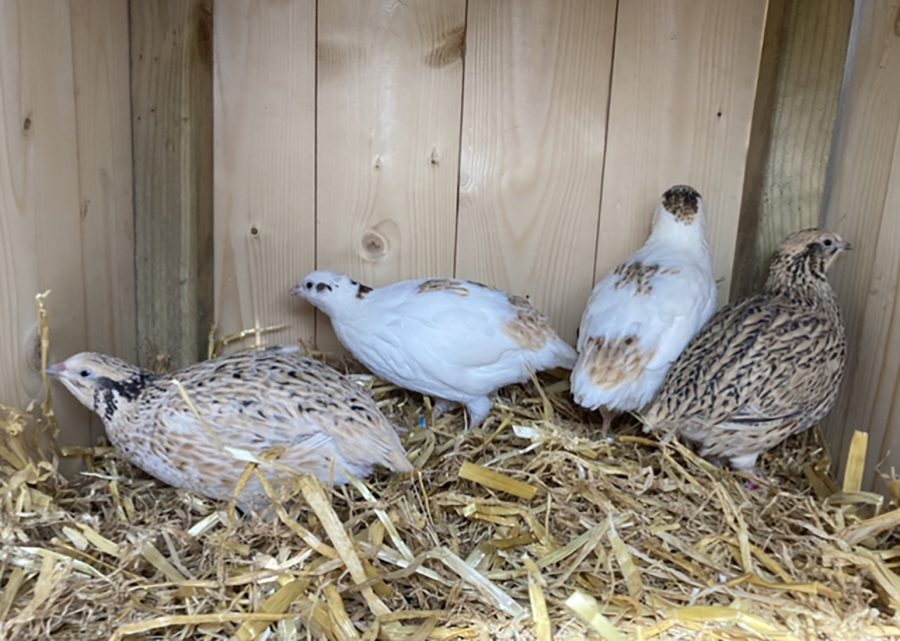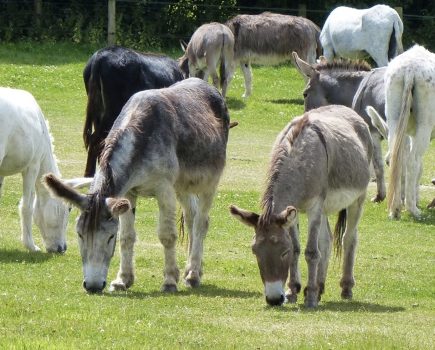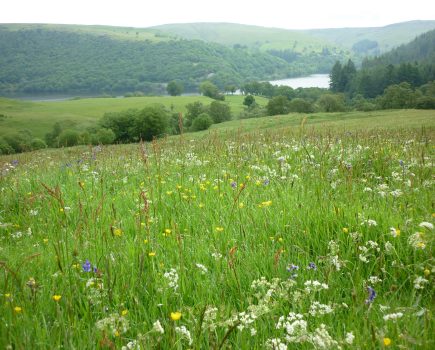Small and productive with surprising personality traits, Kaiserin Maggs shares what she has learned on her journey into keeping quail.
I’ve had chickens for almost my entire life. I love watching their antics and, of course, collecting the eggs. Unfortunately, my garden isn’t big enough for the amount of chickens I want, so I went looking online to see what else would be similar. I didn’t want birds for meat, only eggs. And that’s where my quail story starts. I had decided on Jumbo Italian Coturnix as, a) they were the biggest quail, b) they were meant to be great layers, and c) they were the only type of quail near me!
 I only wanted a few at first. I got in contact with a breeder in Ayr, who dropped off my girls on his way to Carlisle. Five female coturnix, eight weeks old, pretty much fully grown. They had a lovely feathering of light brown feathers and black speckled chests. They were each given a little coloured leg tag and some very posh sounding names. Daphne, Elouise, Francesca, Hyacinth and Violet. (Can you guess the T.V. show?)
I only wanted a few at first. I got in contact with a breeder in Ayr, who dropped off my girls on his way to Carlisle. Five female coturnix, eight weeks old, pretty much fully grown. They had a lovely feathering of light brown feathers and black speckled chests. They were each given a little coloured leg tag and some very posh sounding names. Daphne, Elouise, Francesca, Hyacinth and Violet. (Can you guess the T.V. show?)
A year later, I got another ten birds, same breed. Again, no other kind near me and I wasn’t willing to hatch any myself. I did ask for only females but the breeder said he had nine females (Italian and one English White) and one English White male, so I thought that would be ok. Another learning curve. Turned out, after a vent test of the two English Whites, I had two males. I wasn’t best pleased as the ratio of males to females was over its limit.
Here are some things I learned:
HOUSING HABITS
To begin with, my father and I adapted an old Eglu coop and run, by raising the floor and having their home all on one level. We covered the large gaps using a smaller wire. Unfortunately, I purchased the wrong type of wire. One cm squared is best for their cages and I had bought one inch squared. I didn’t think much of it as I was going to put the birds in at night anyway. The run had a sloping roof and slides, so we had to have a clear tarpaulin over this to keep out the Scottish weather. The feeder and waterer hung on small chains, and the cage was covered in wood shavings. Enrichment was added in the form of plant pots, branches from a fir tree and a sand bath. It was a nice enough cage but was a pain to keep clean as the entrance to the outside run was so small. They also hated being put in at night. The next time we built, from scratch, a 2ft by 7ft coop, that was roughly 5ft tall. We decided on this height because I’m only 5ft 3, and I wanted it to be easy to clean. We wanted the coop to be almost fully open, so the quails had as much access to outside light as possible. The whole thing was covered in one cm squared wire which meant that we did not have to put the quails in at night.
As much as I detest wire as a floor for quails (painful for their feet), we put wire across the entire floor, but then covered it using a cheap, plastic builders mat called Protec, from Wickes. Only 2mm thick but can be cut into shape and bent. It is easy to clean.
This article extract was taken from Practical Poultry in the July 2025 edition of The Country Smallholder. To read the article in full, you can buy the issue here.








